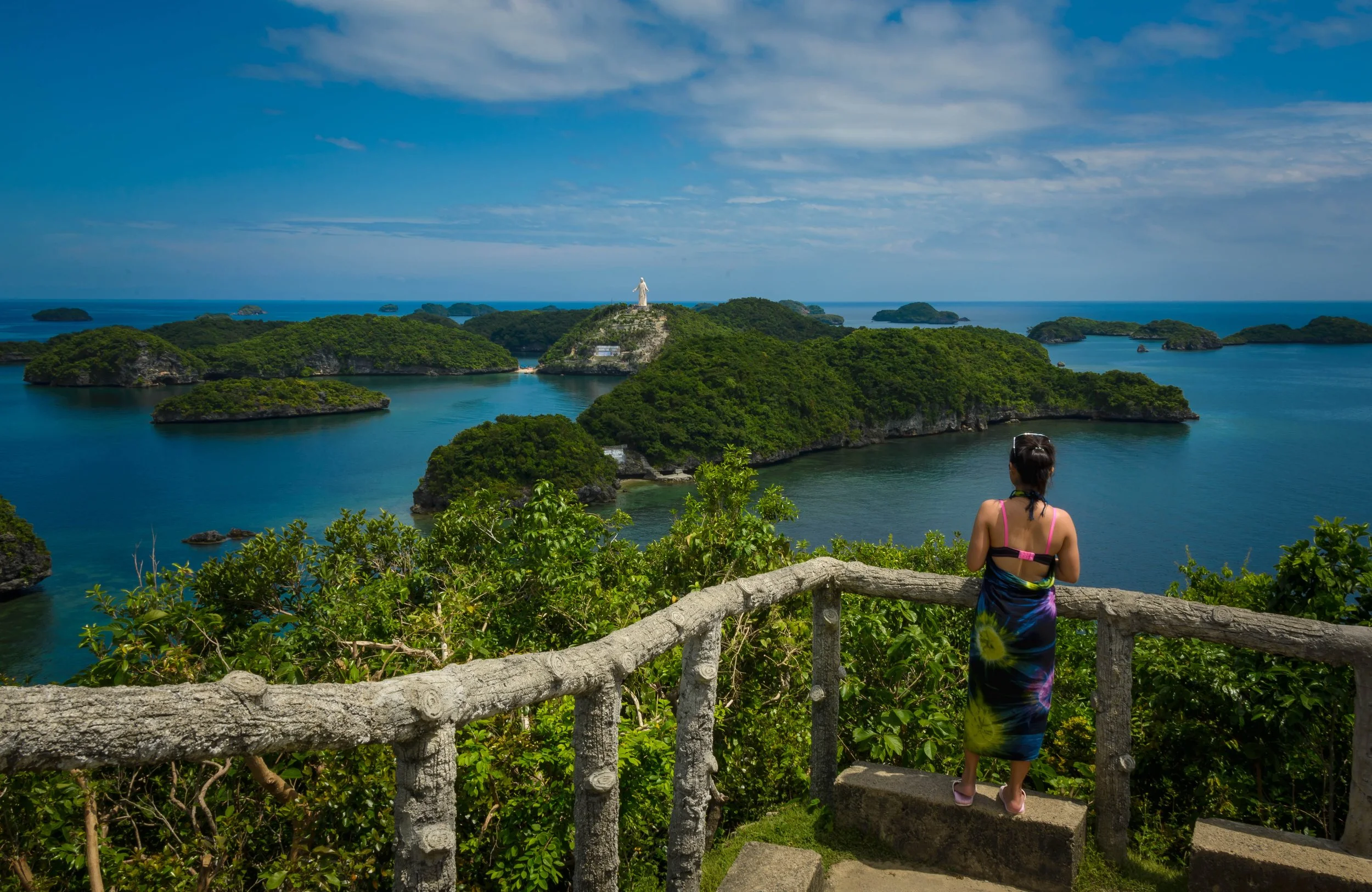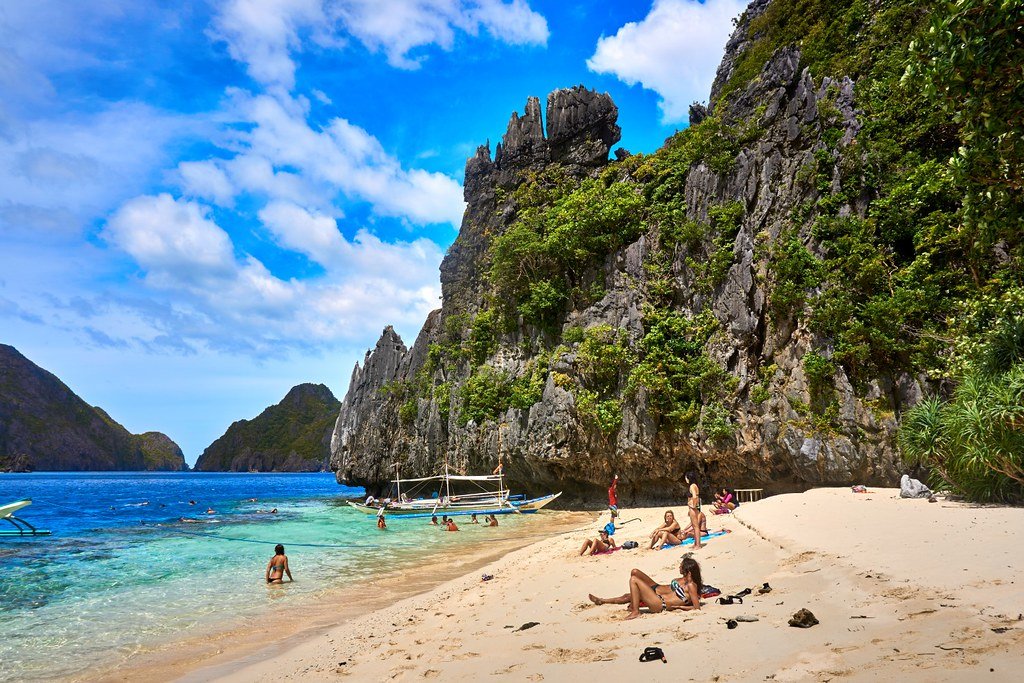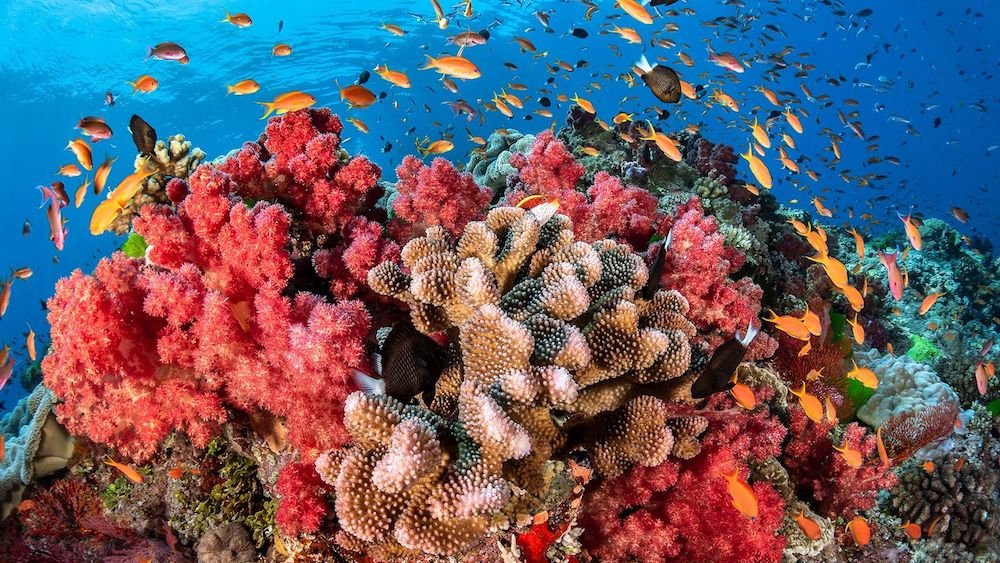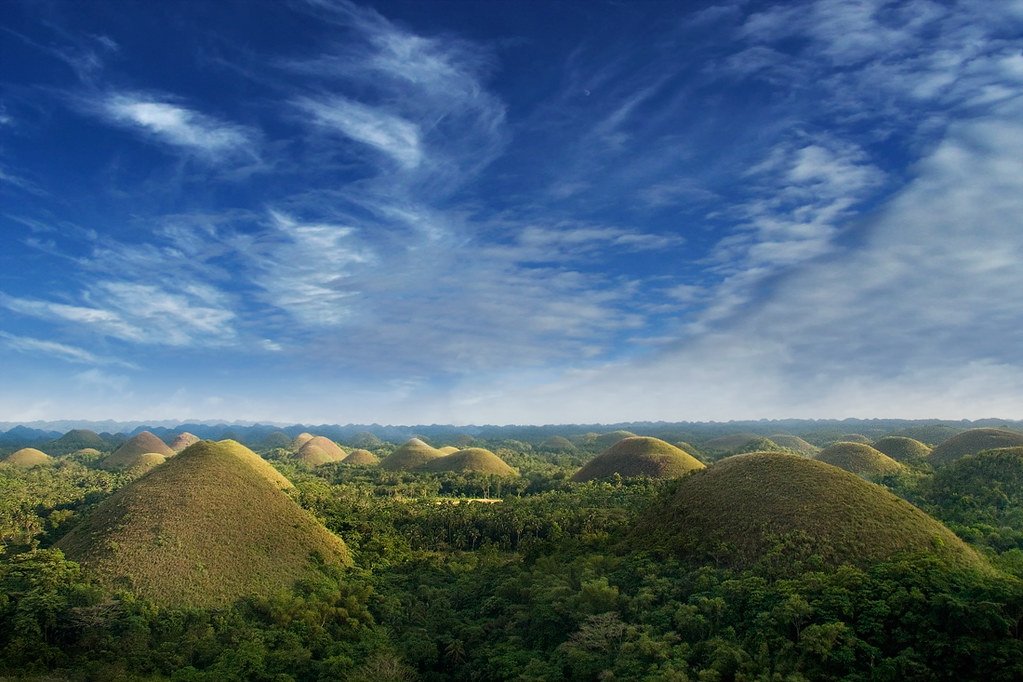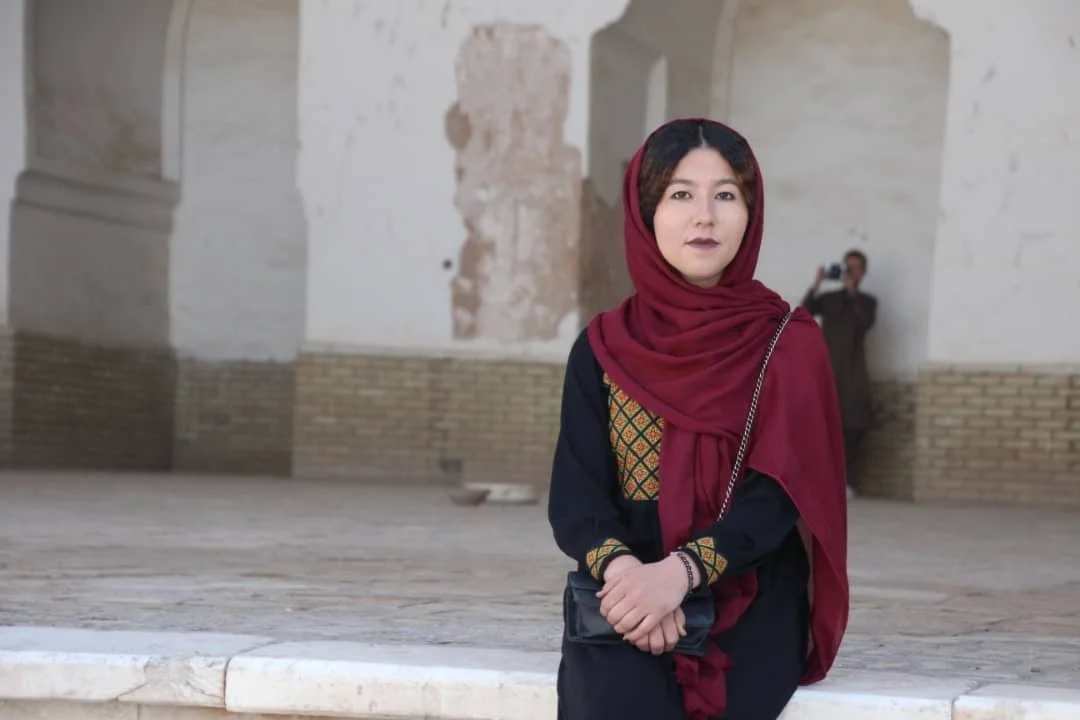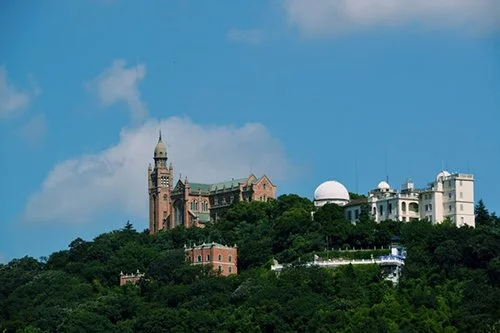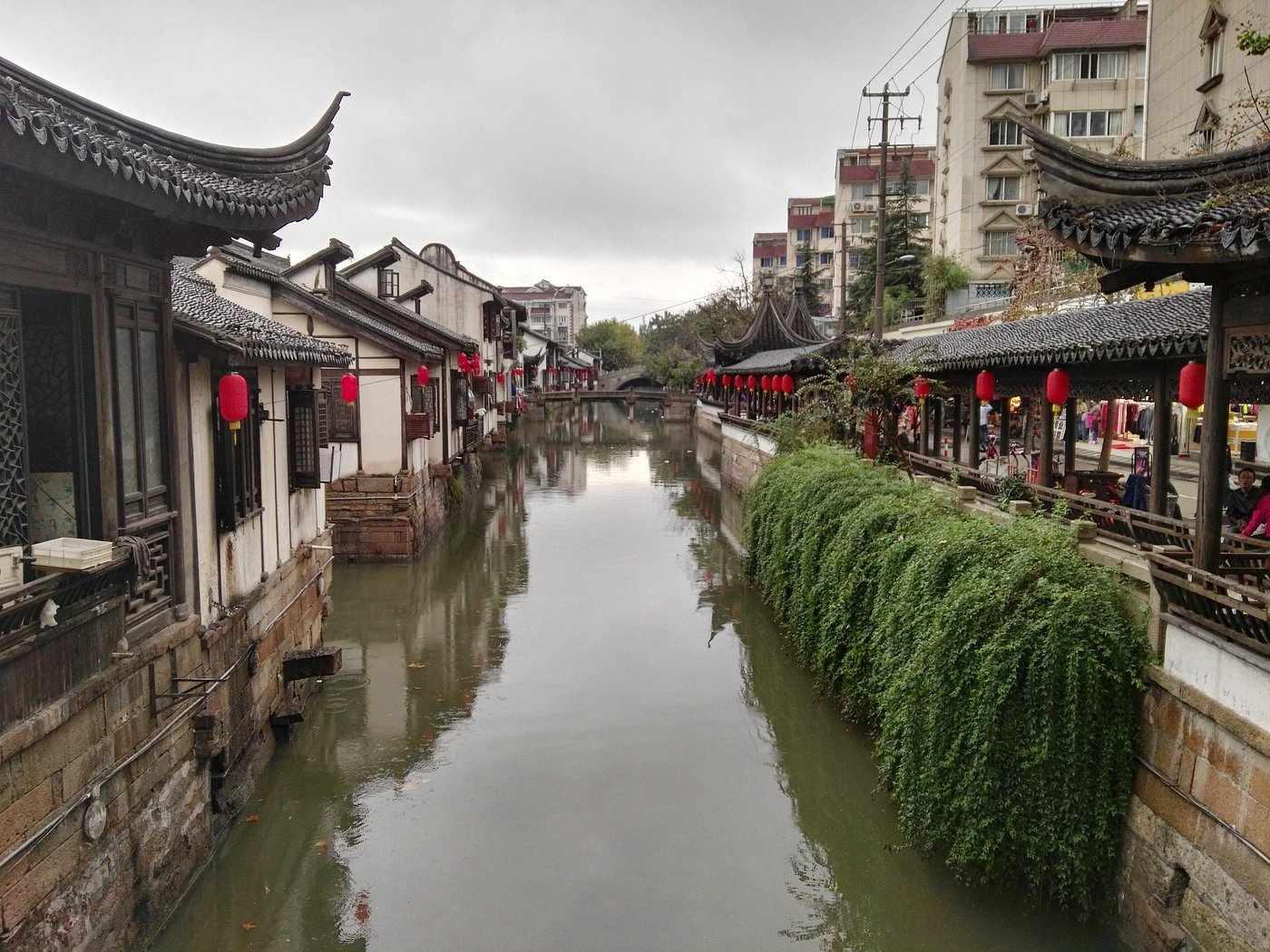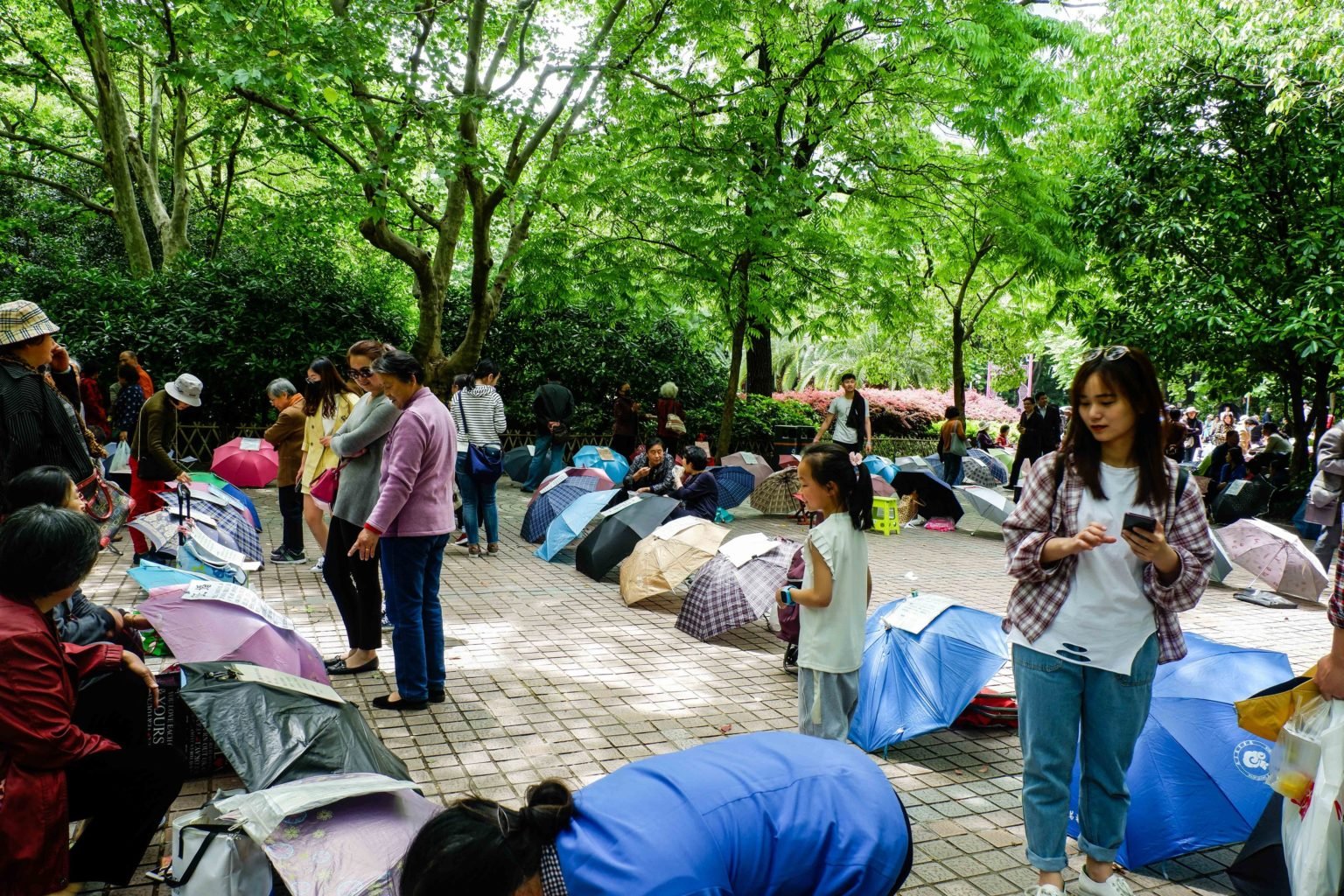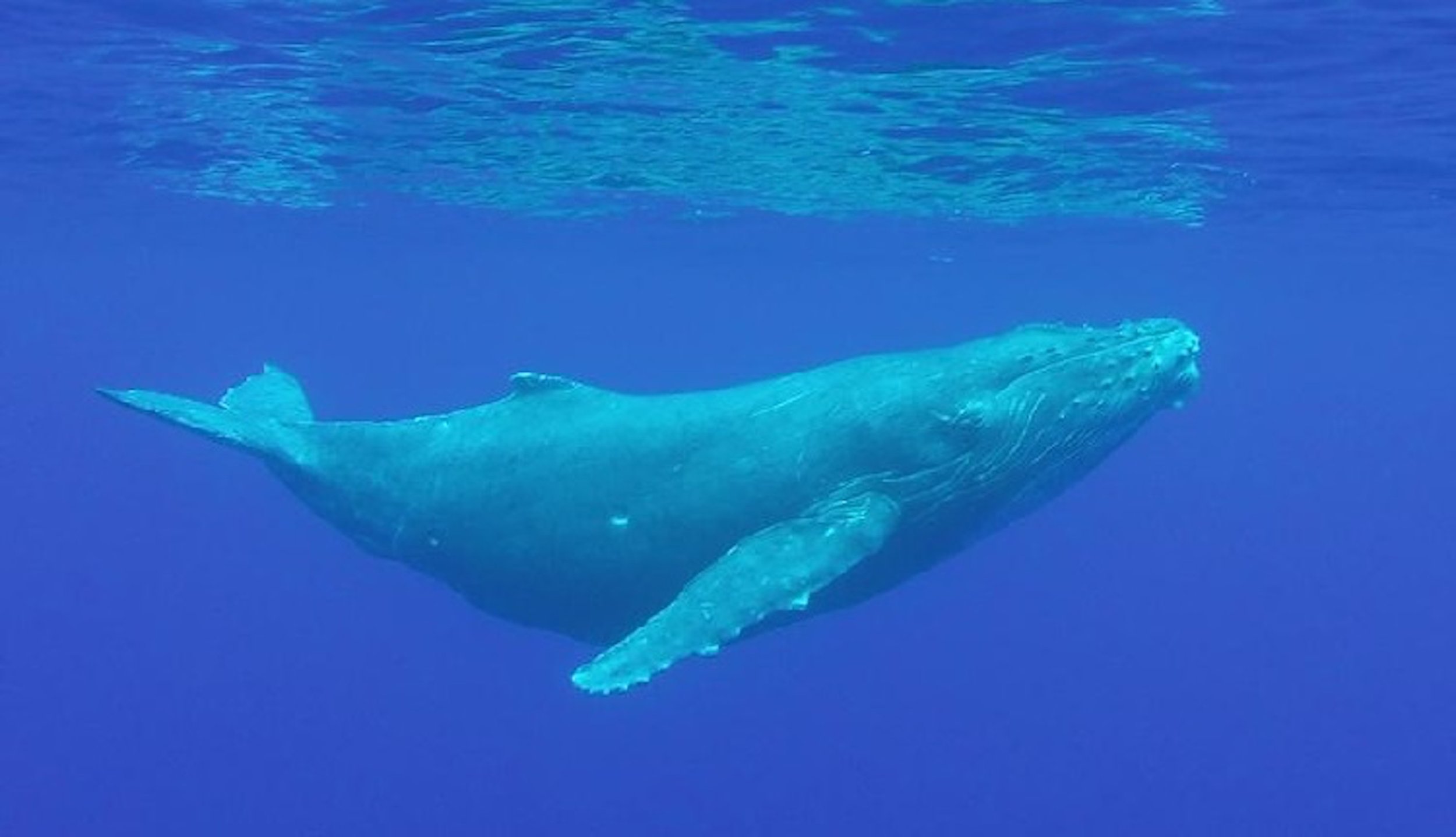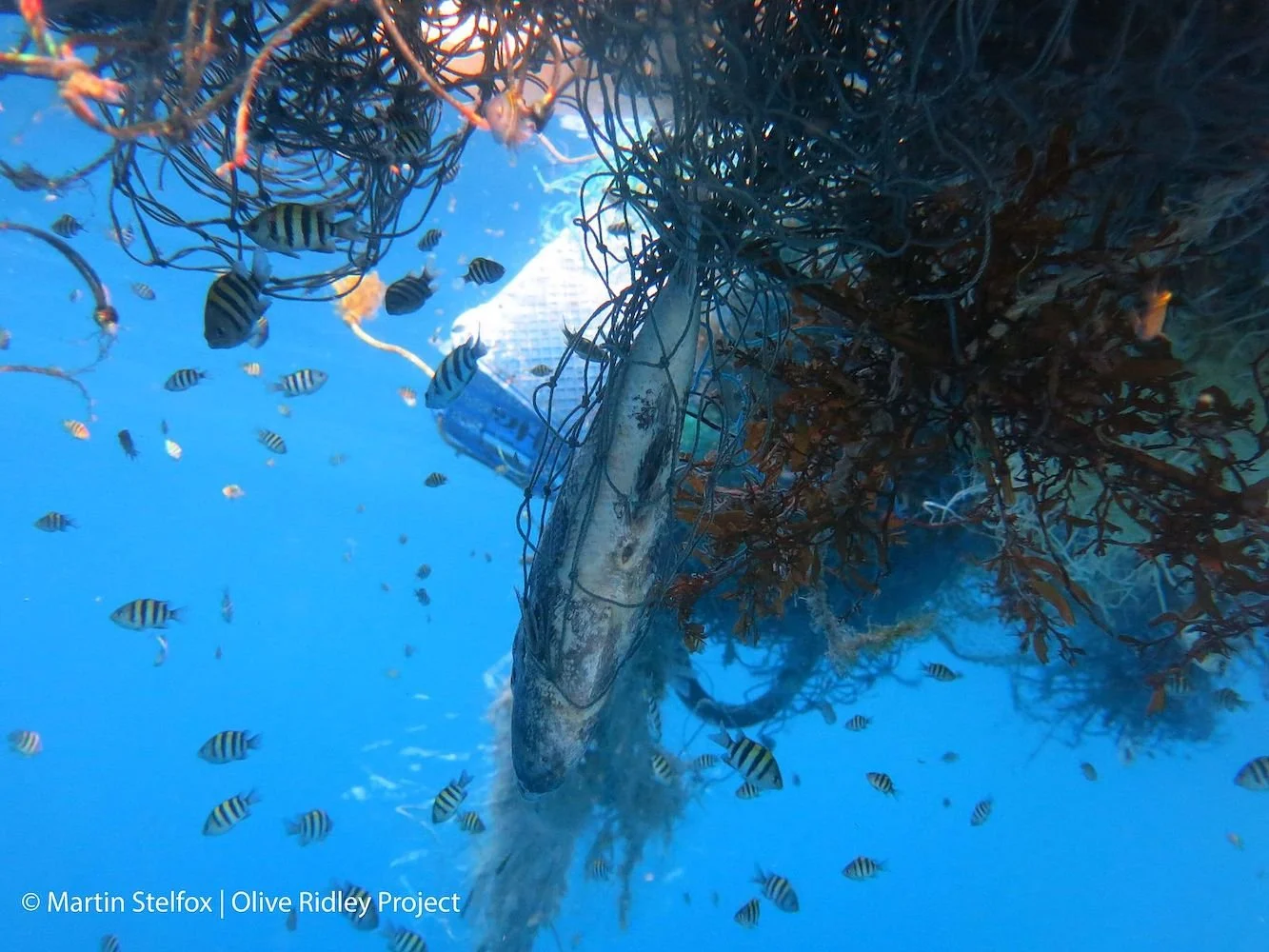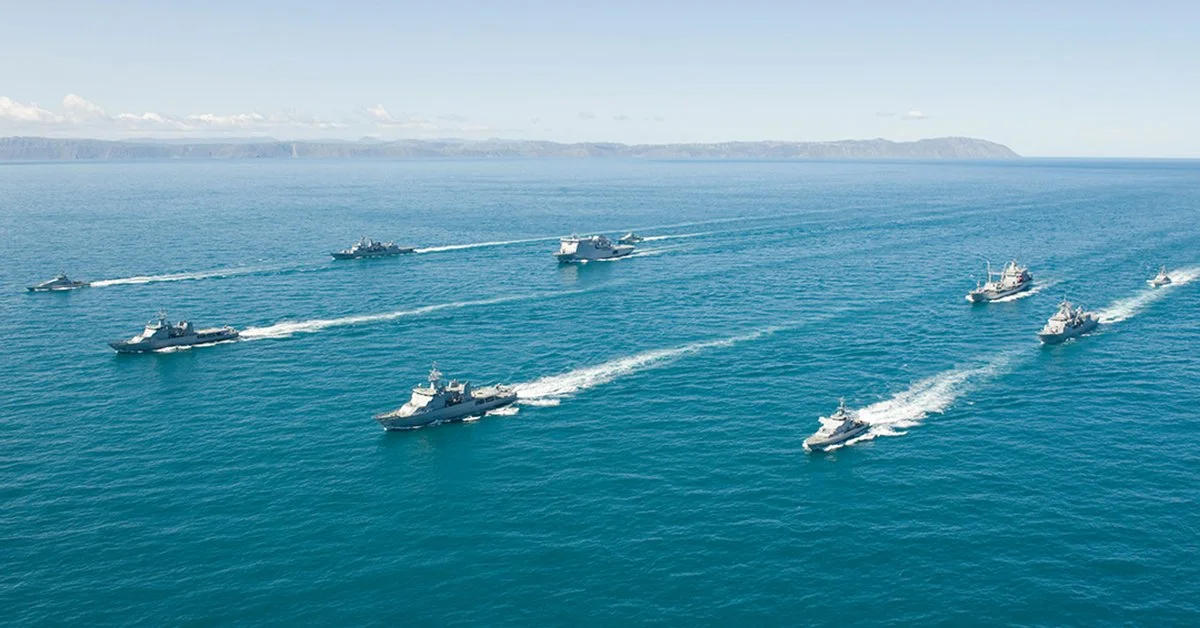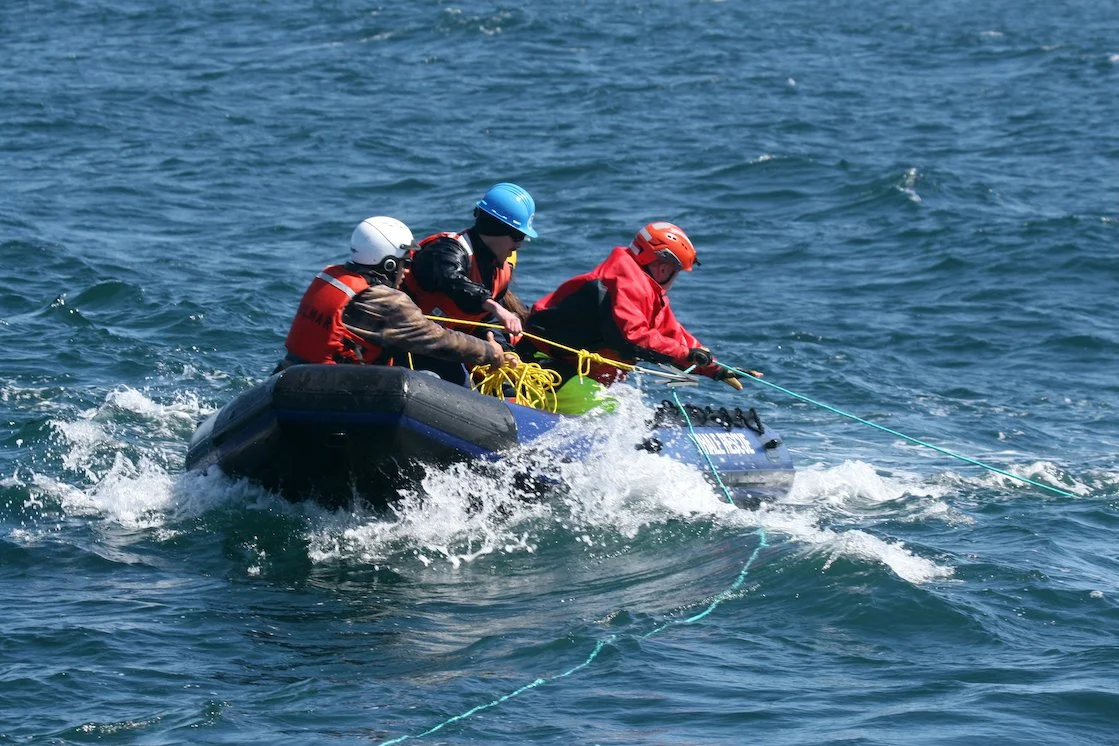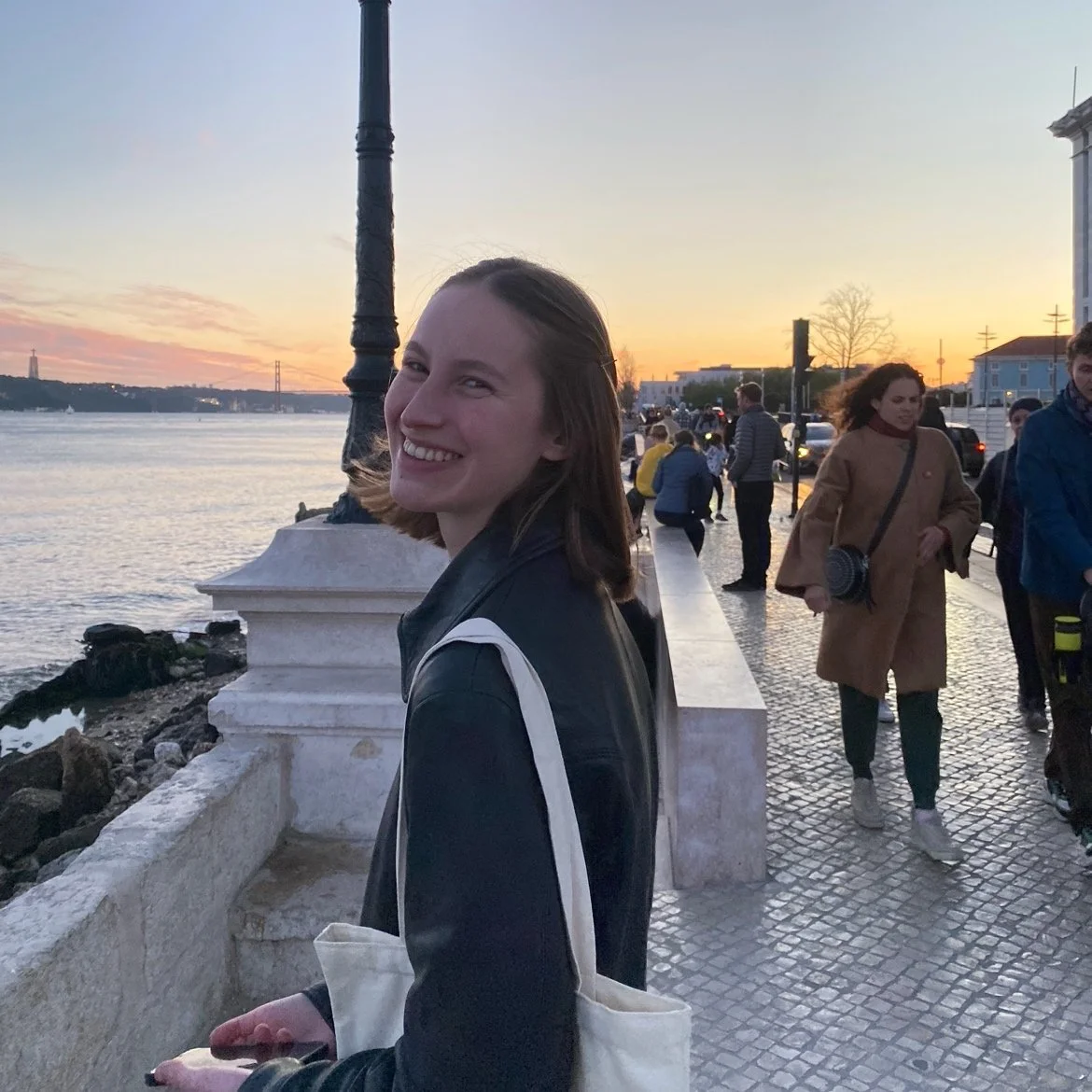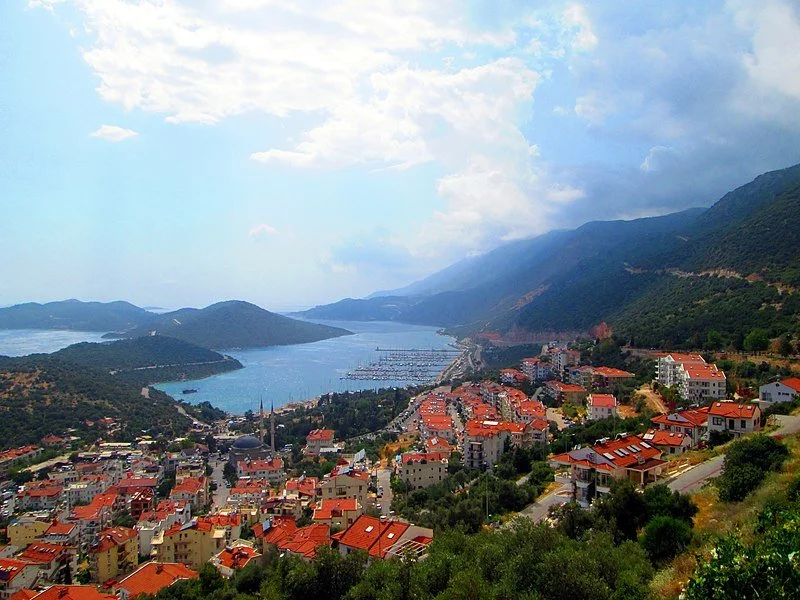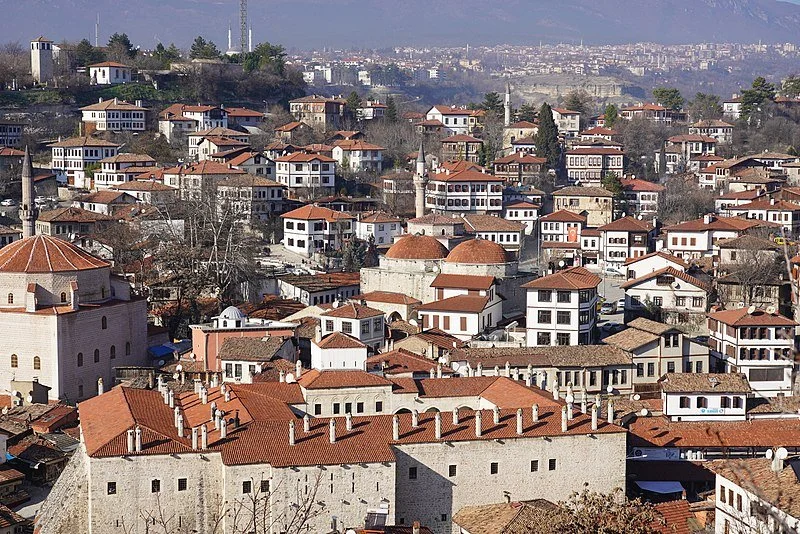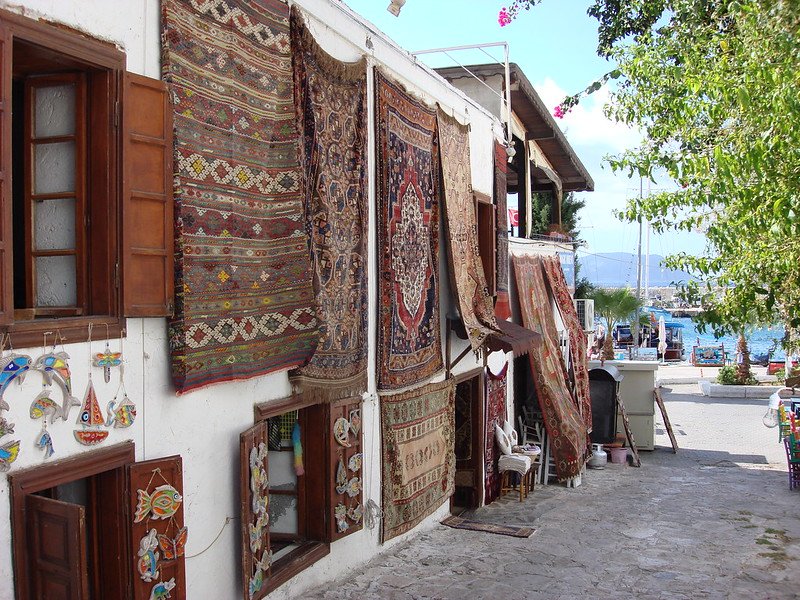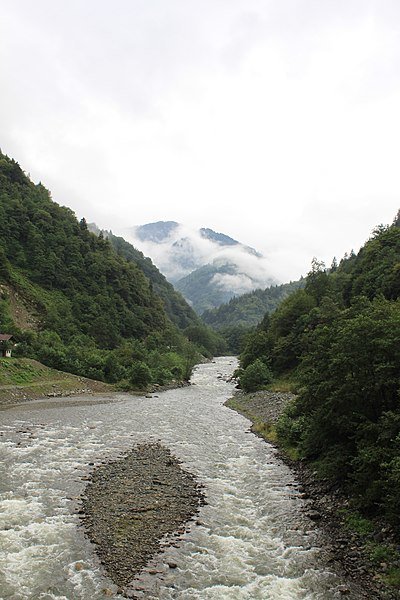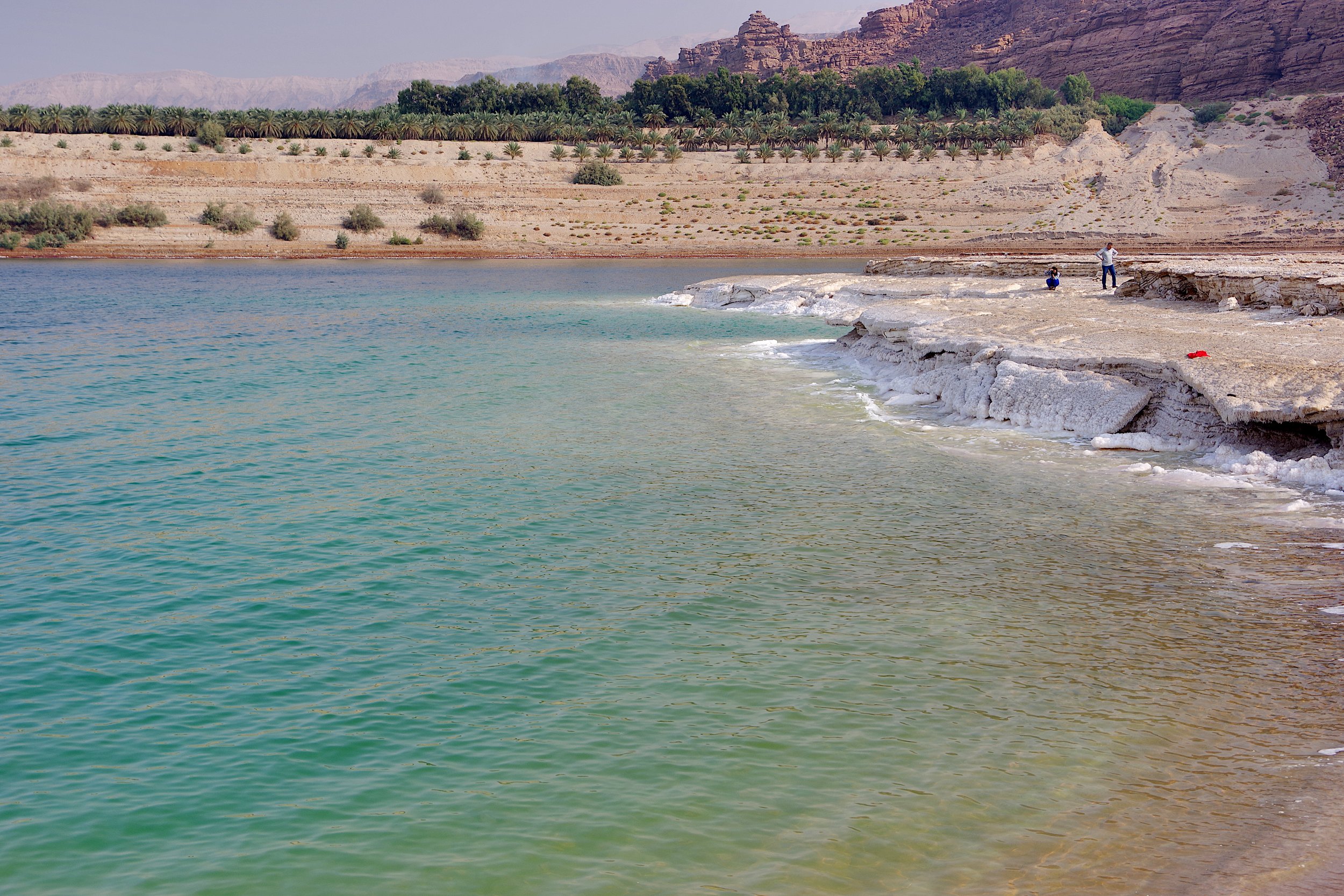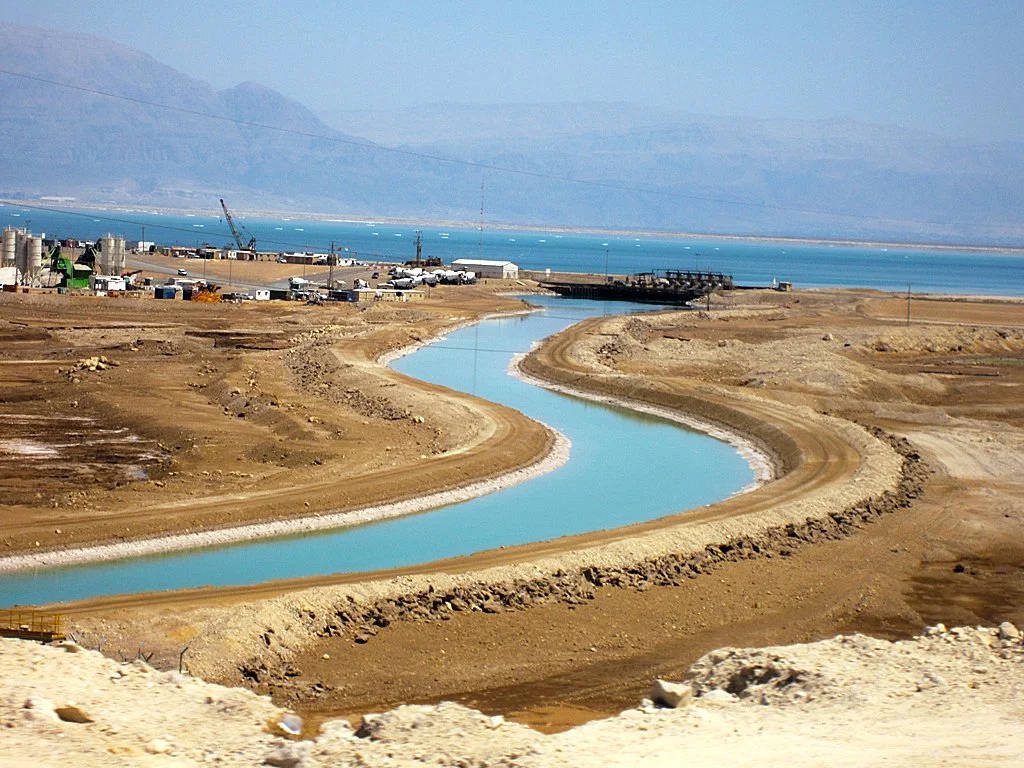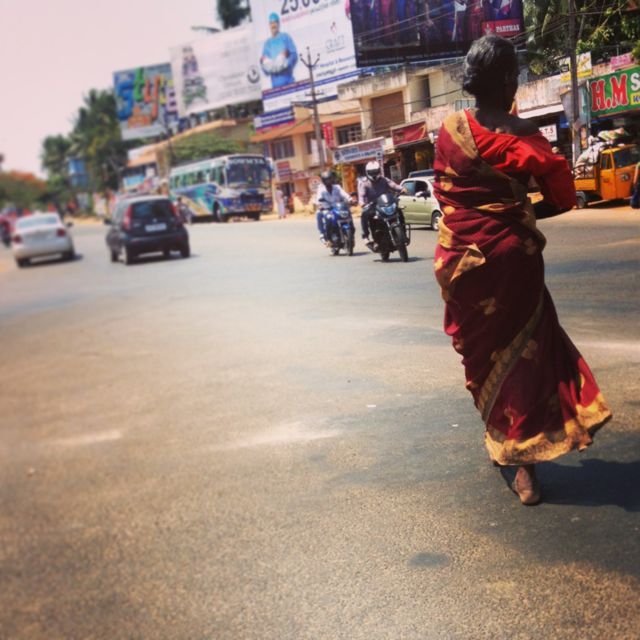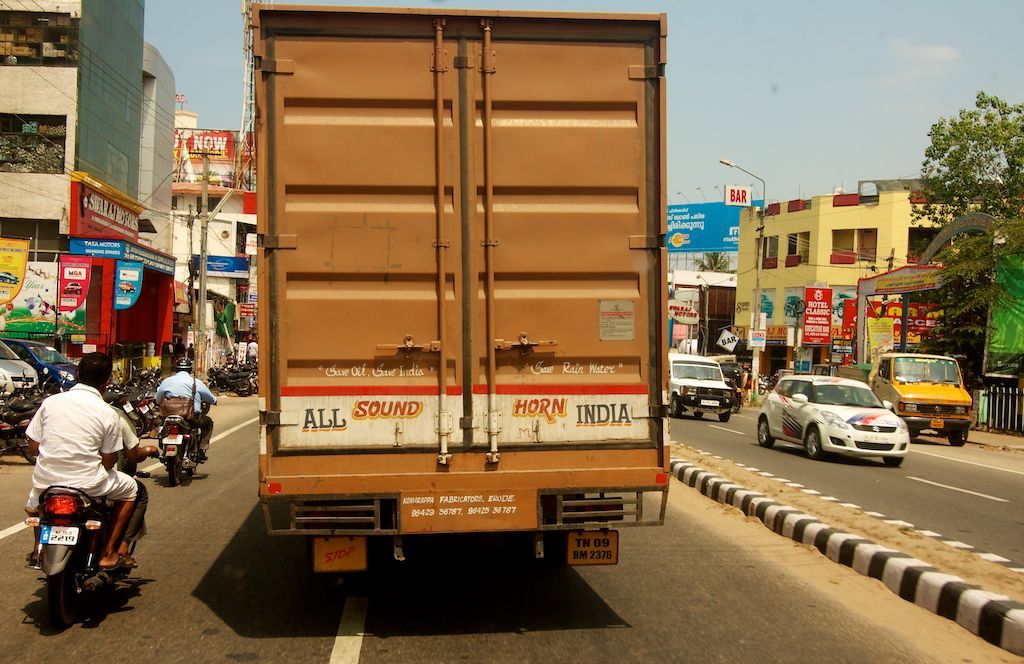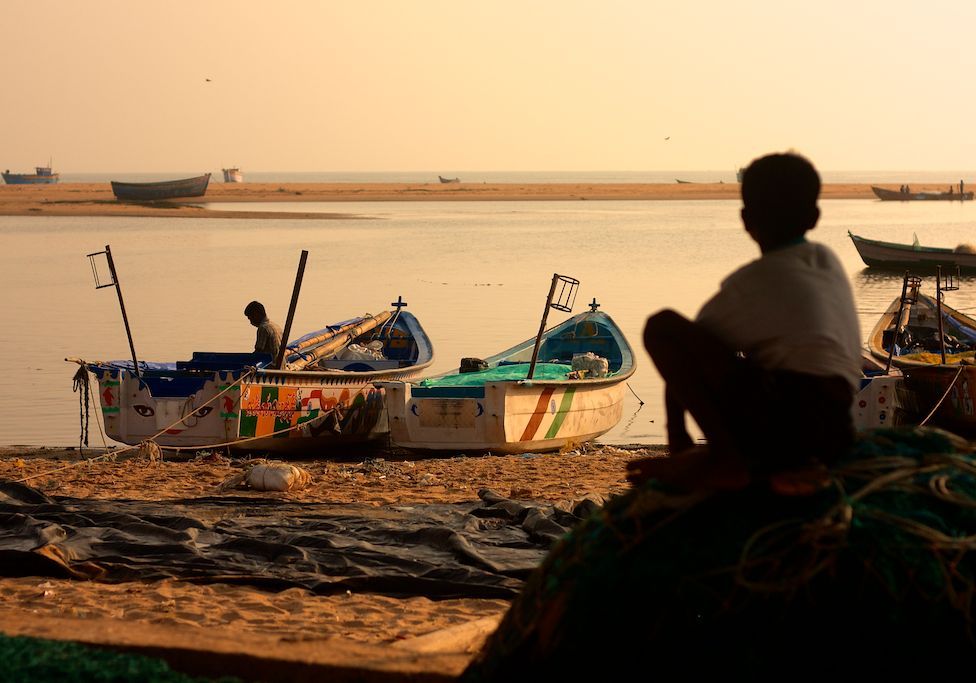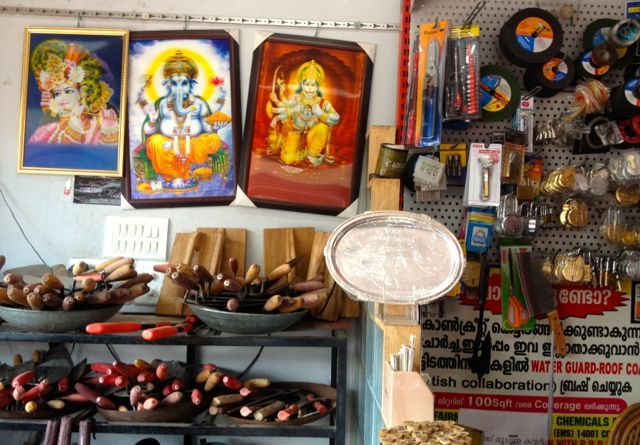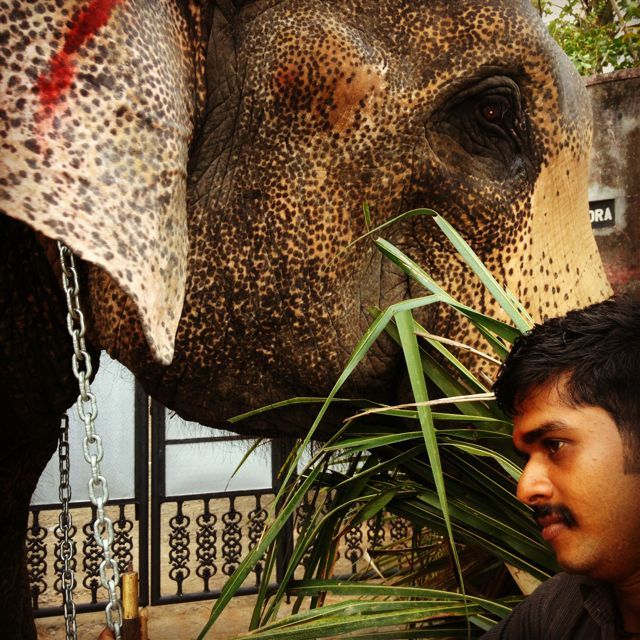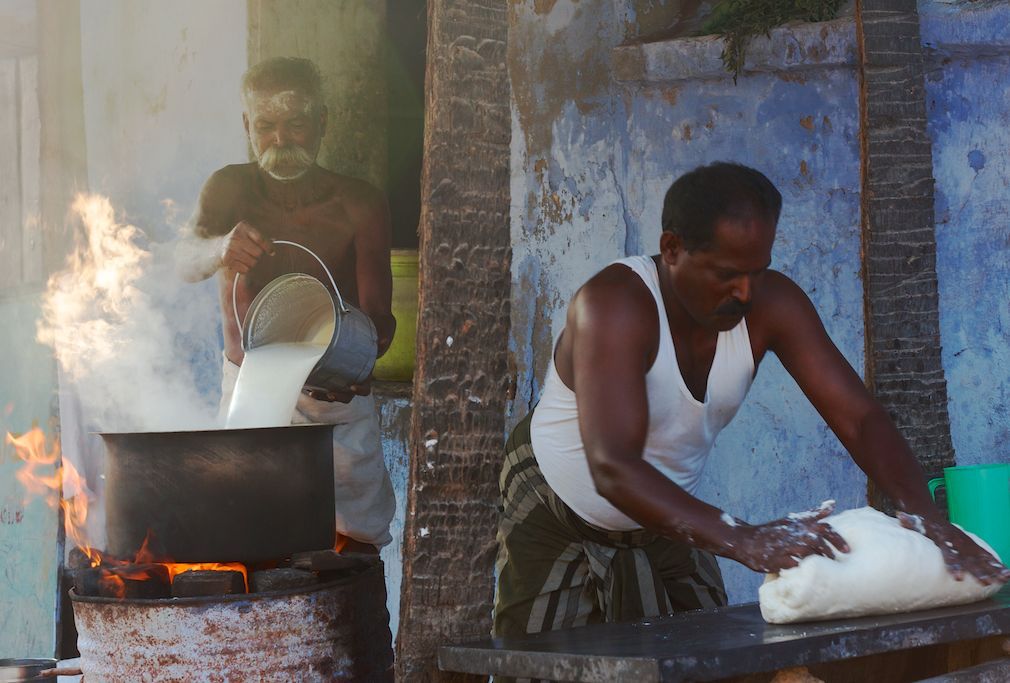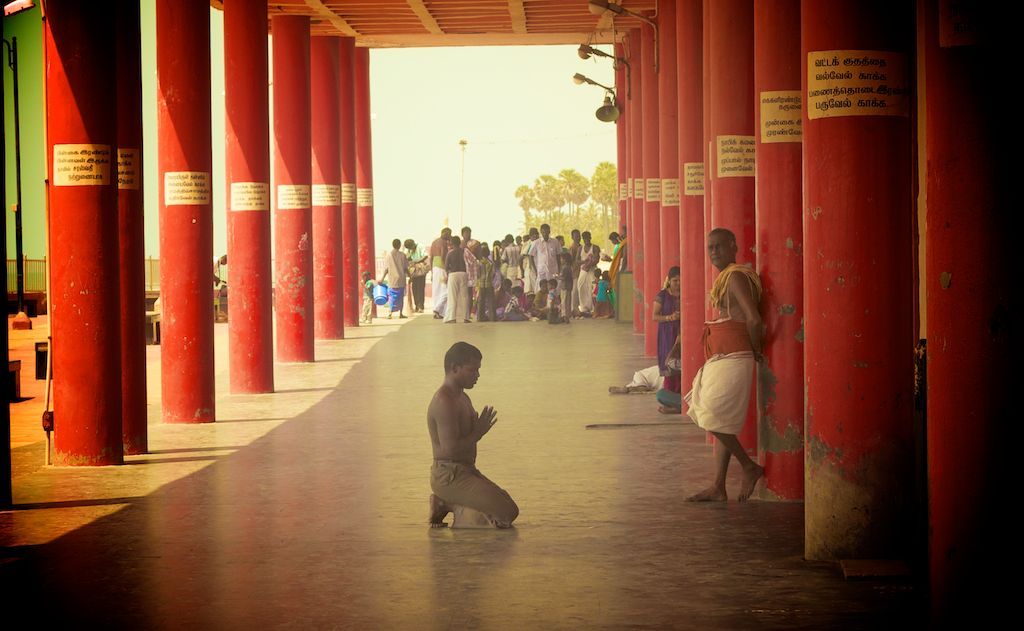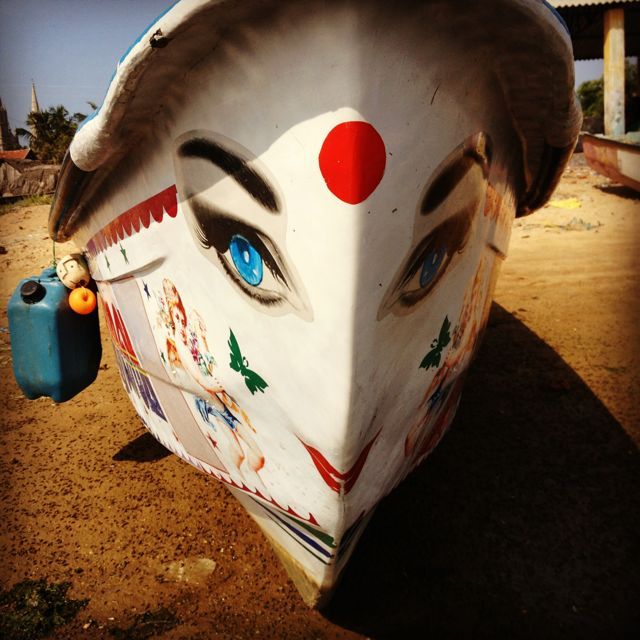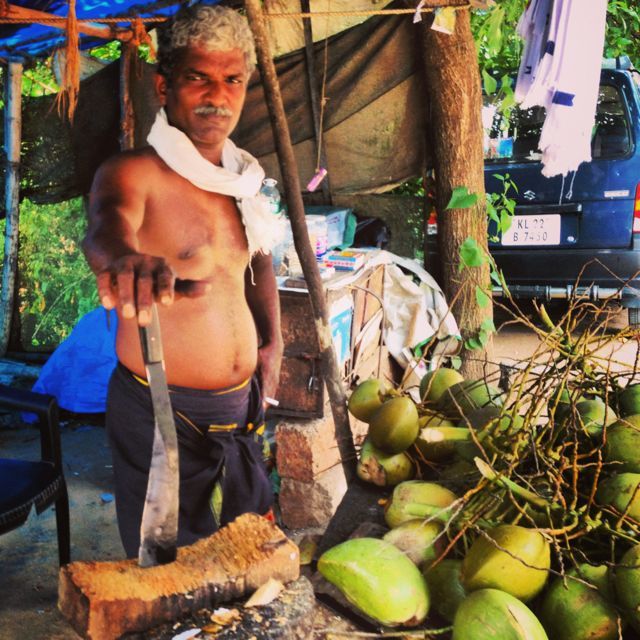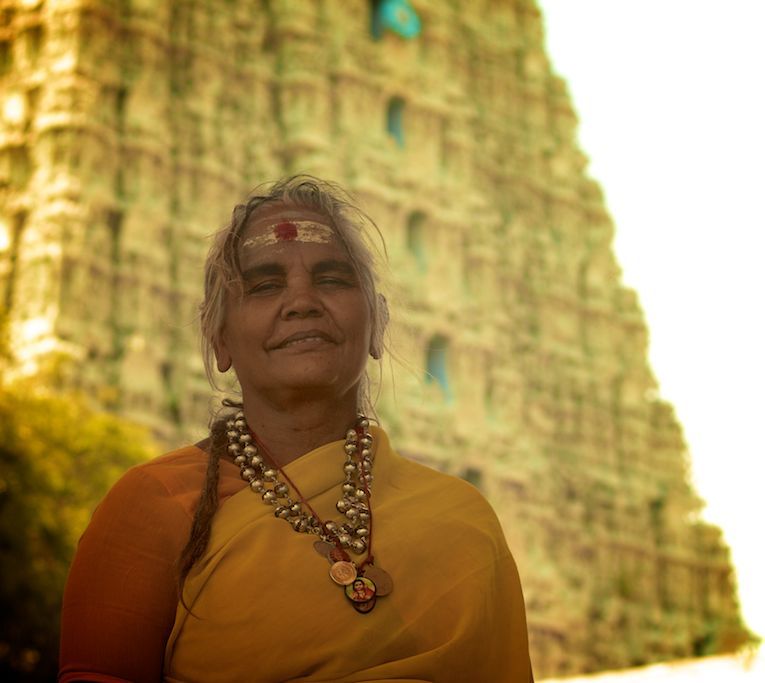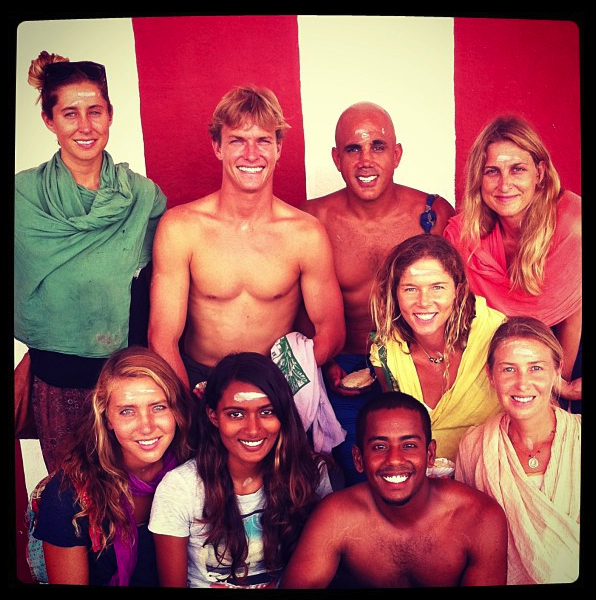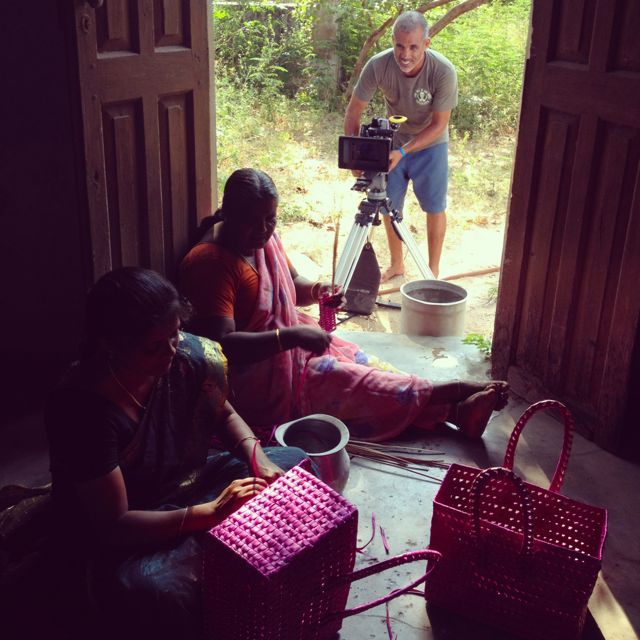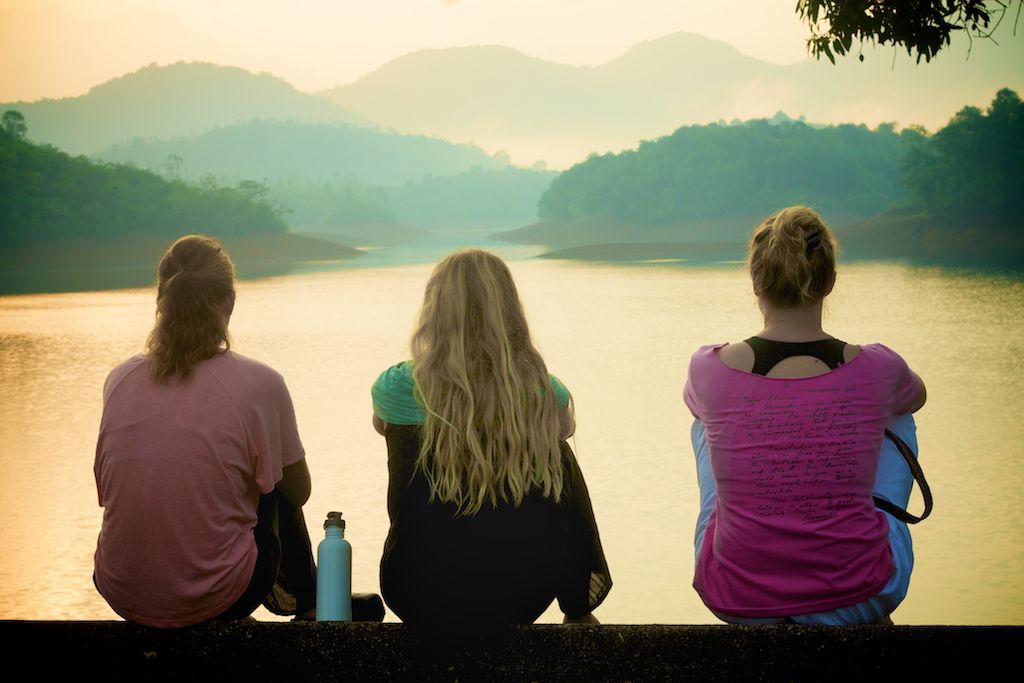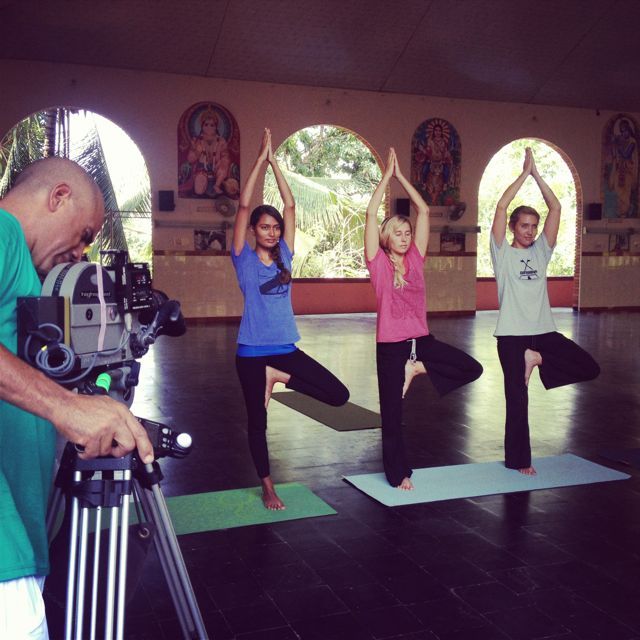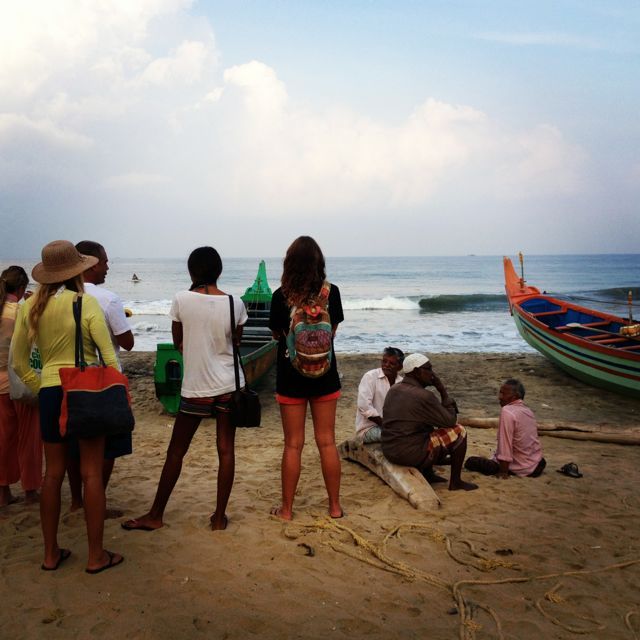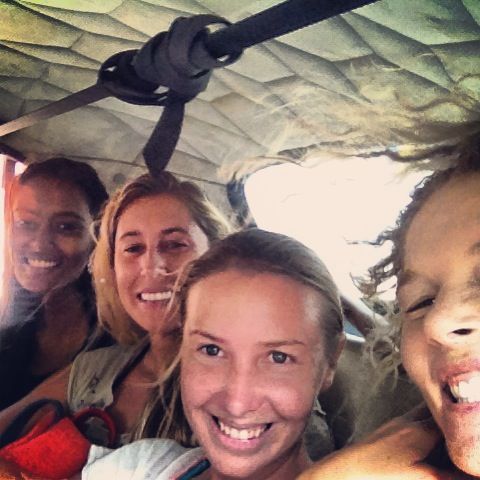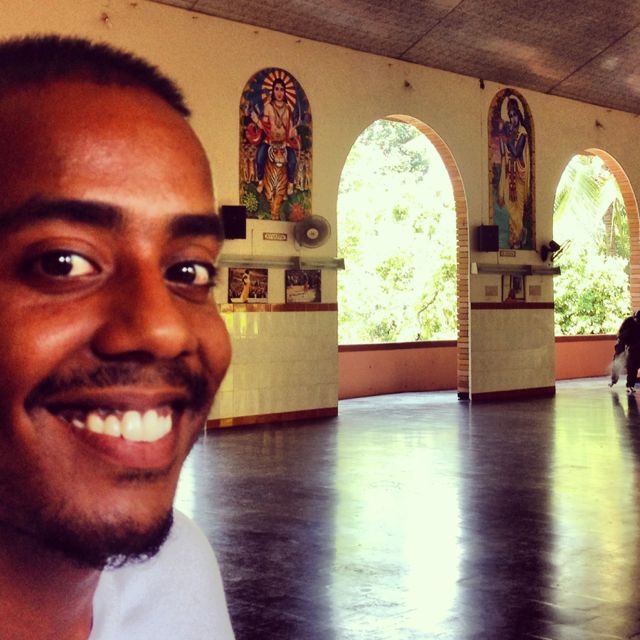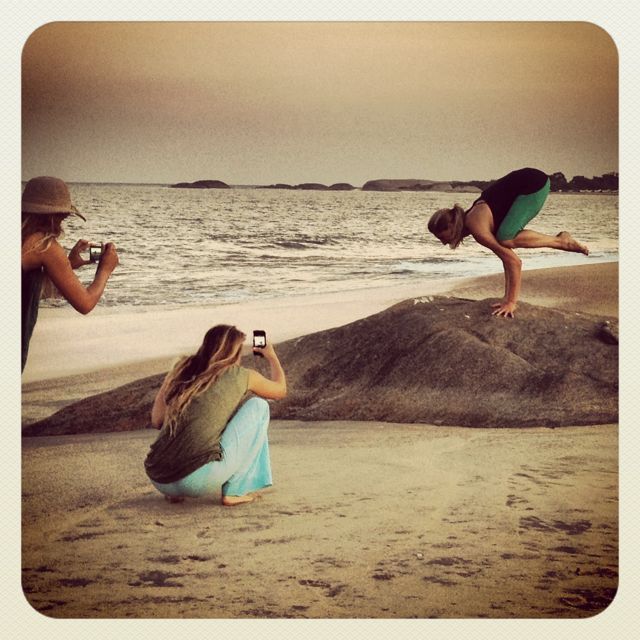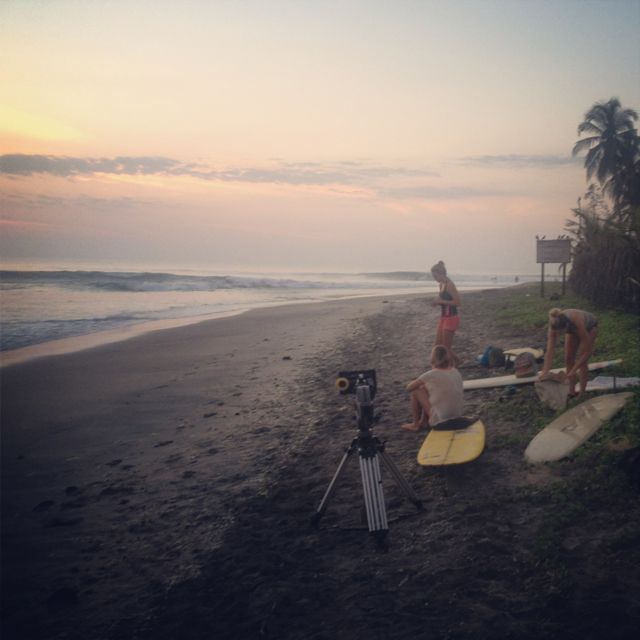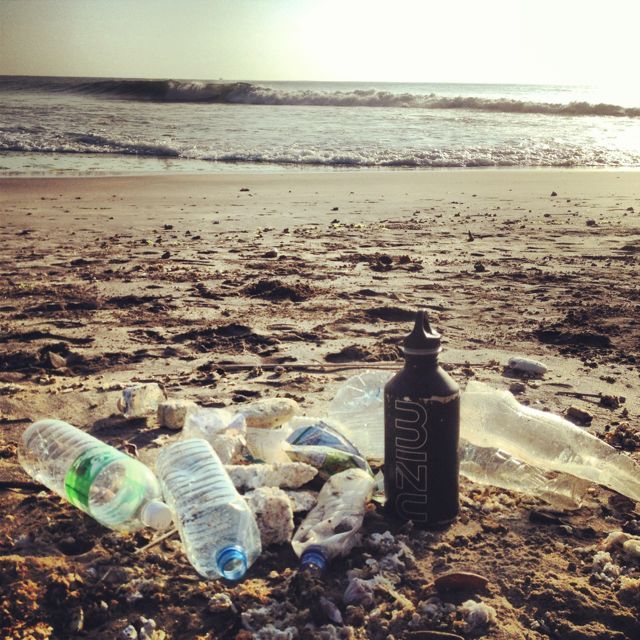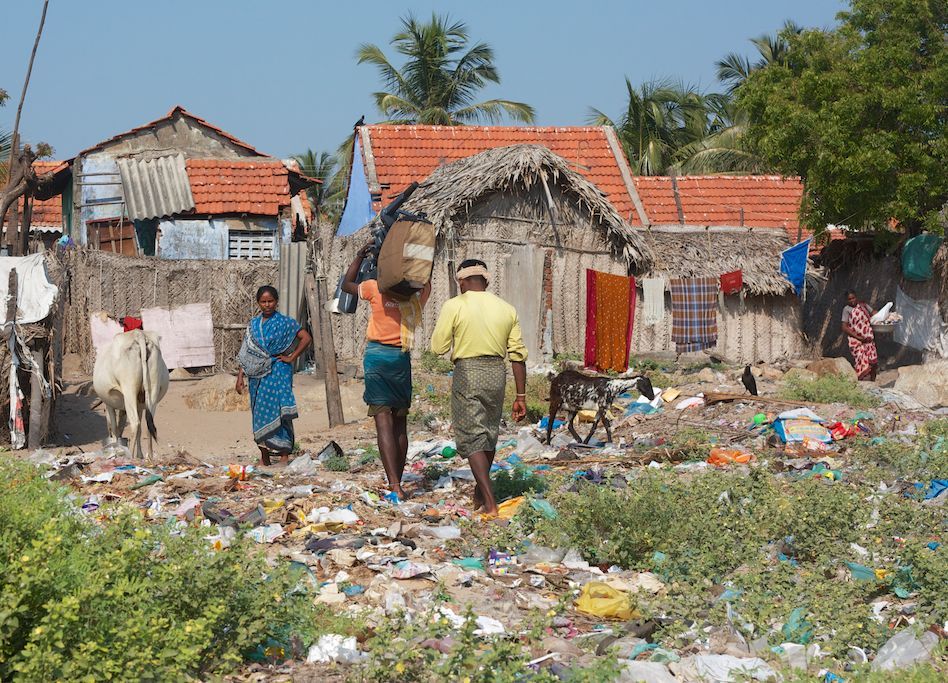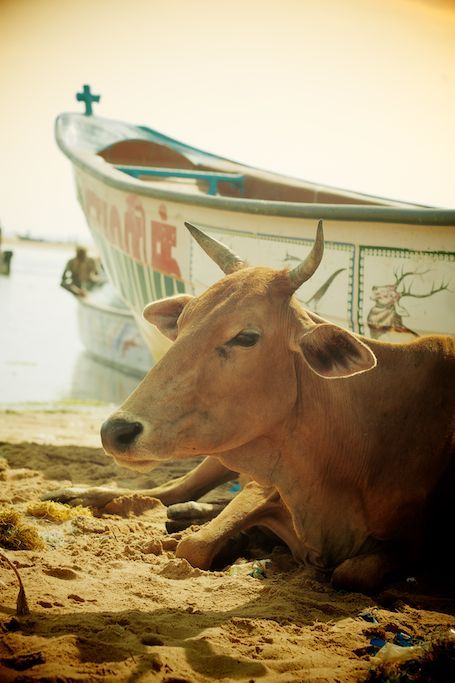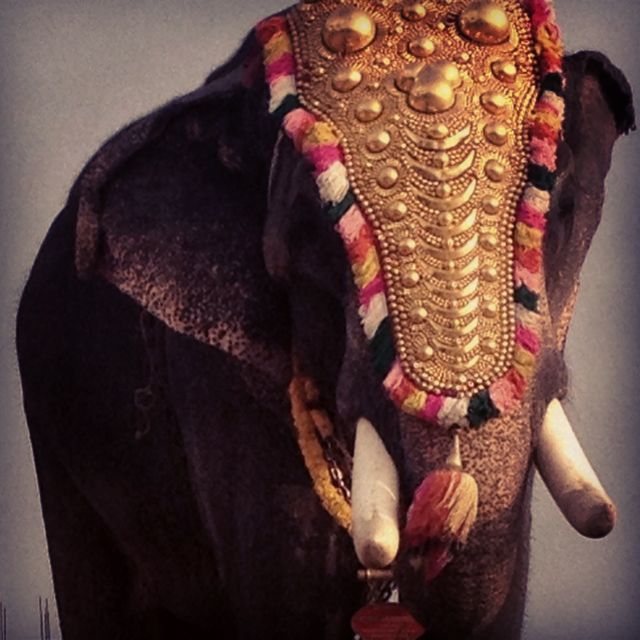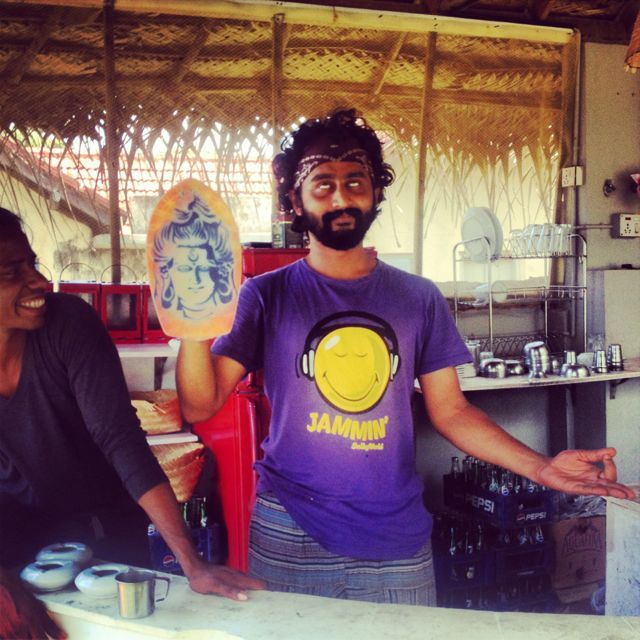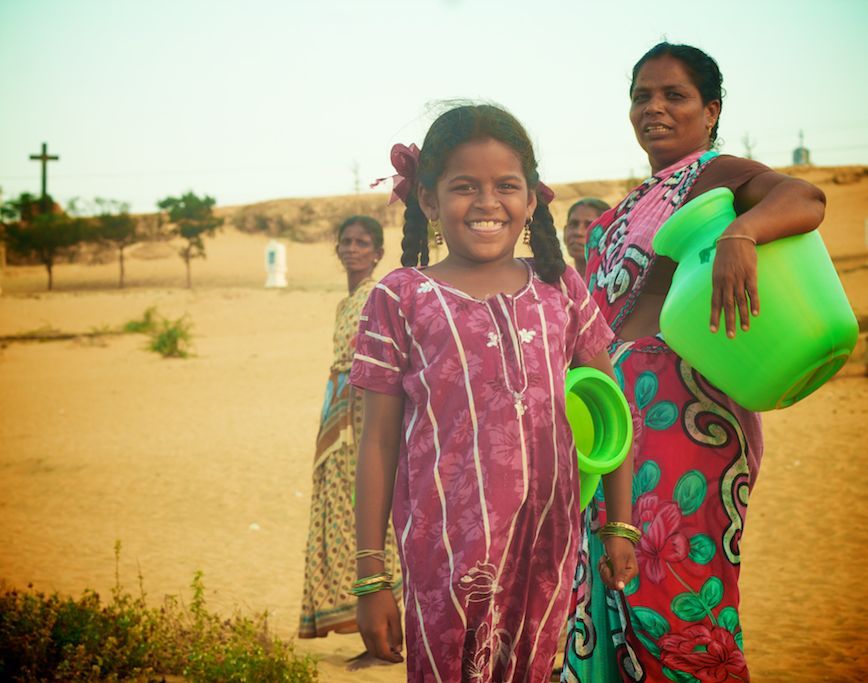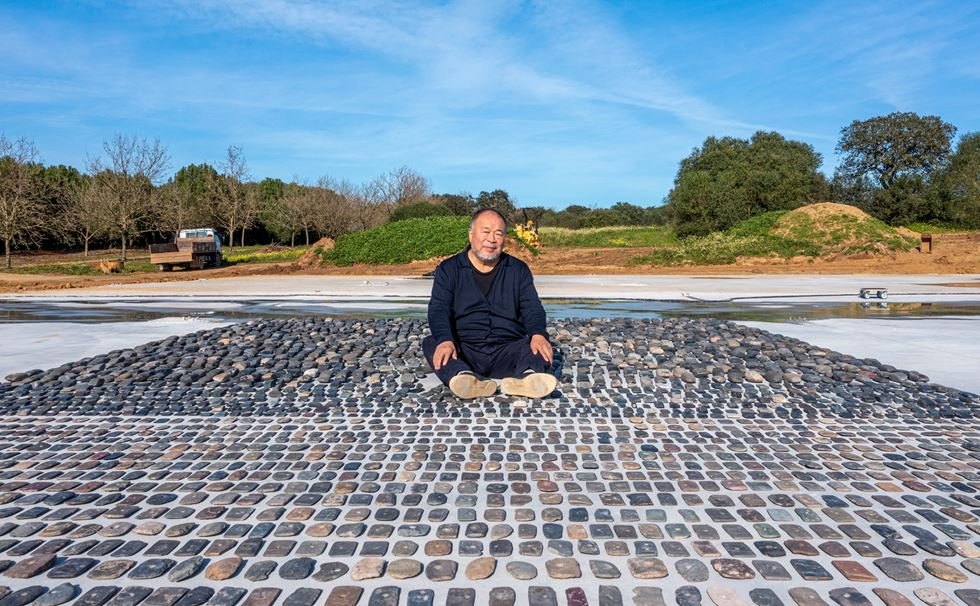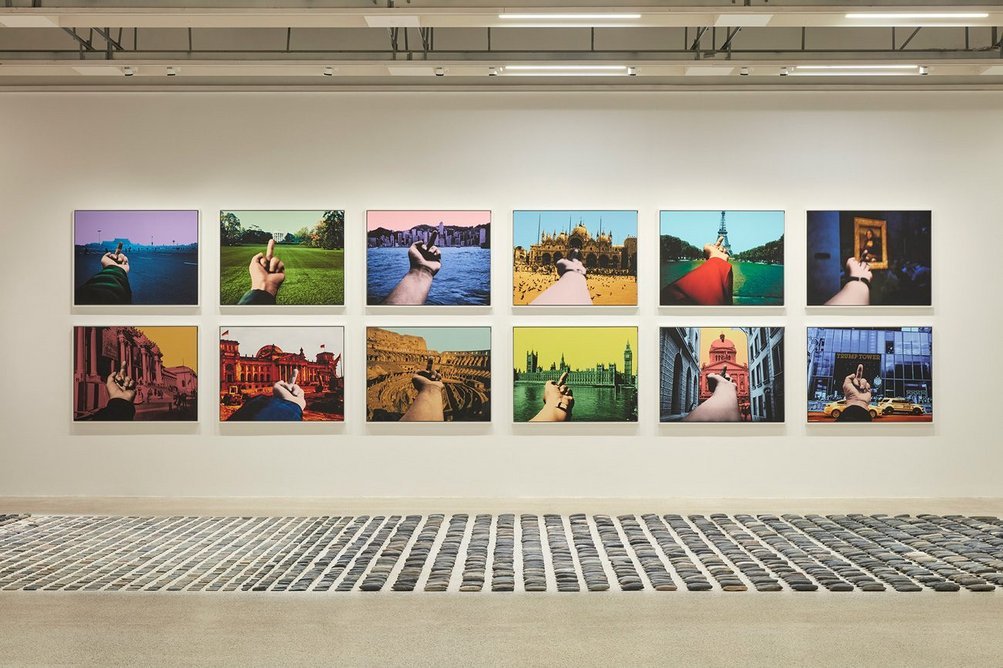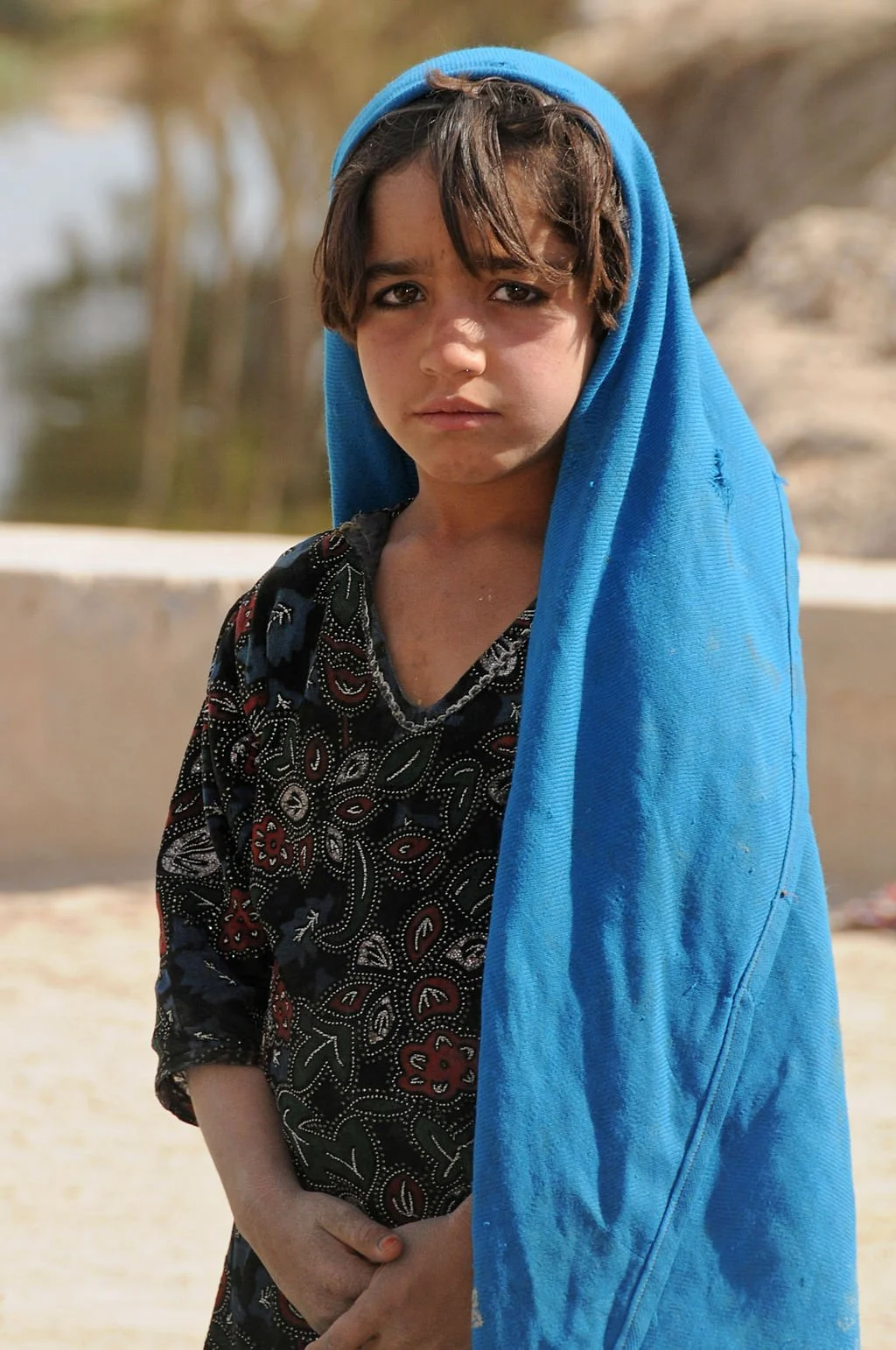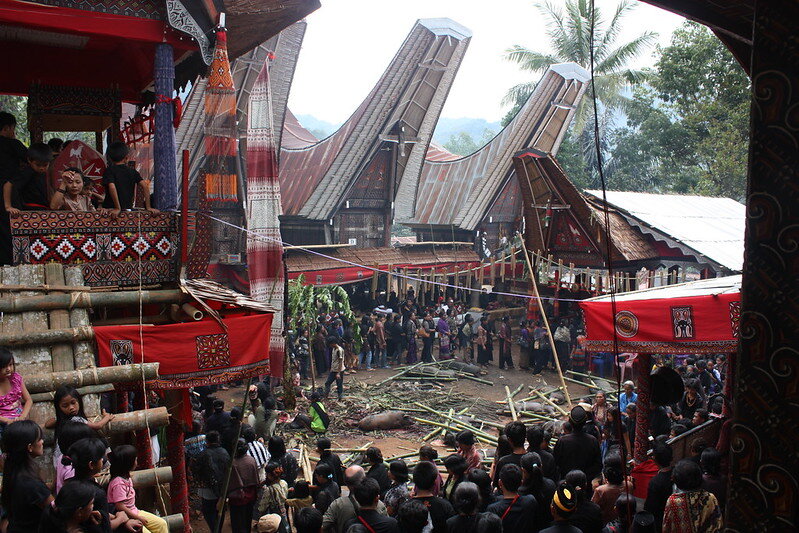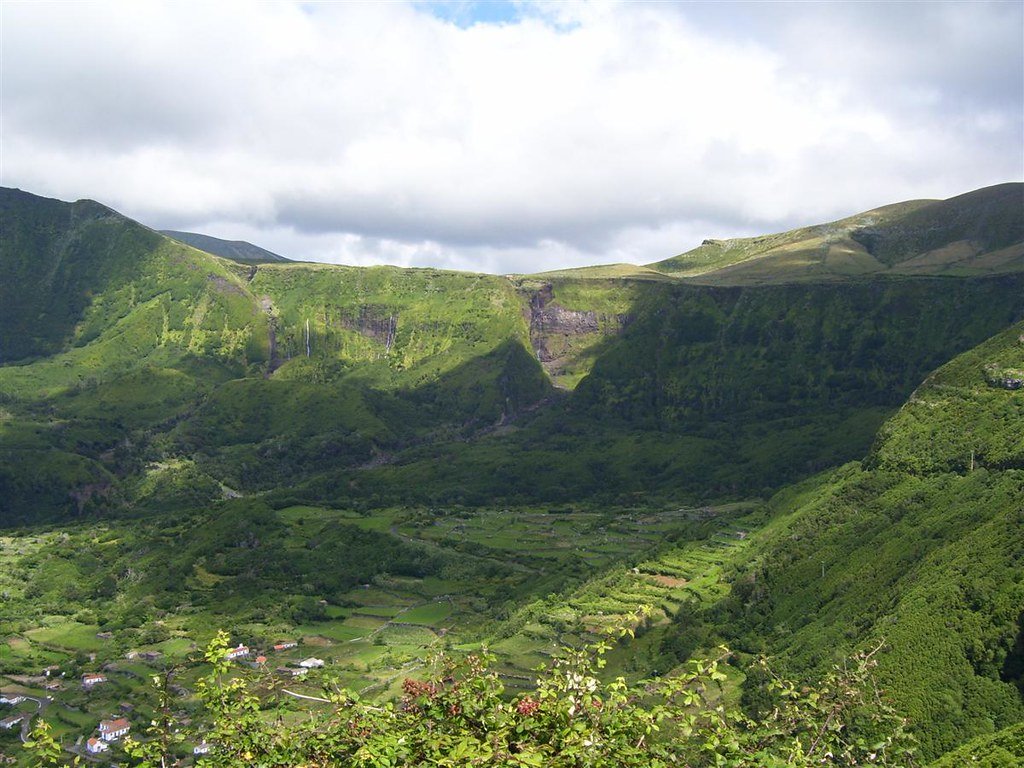From unspoilt beaches and heritage sites to surfing hotspots and sunset views, there is plenty to choose from in the Philippines without running into massive crowds.
The Philippines has literally hundreds of picturesque islands for visitors to choose from. EdseastresD600. CC BY-SA 2.0
With a grand total of more than 7,600 islands, it should come as no surprise that there are many in the Philippines that remain obscure to travelers from abroad. Each one boasts the crystal clear turquoise waters that characterize the popular tourist destination of Cebu, but each also offers its own unique adventures to visitors looking to experience the archipelago’s diverse natural beauty. Many of these islands are surrounded by hundreds of smaller ones, and thus offer island hopping adventures for those who want to explore some of the more isolated atolls in the area. To help get you started, here are 5 incredible and lesser known islands in the Philippines to explore.
1. El Nido
El Nido boasts a large number of private and unspoilt beaches. Boris G. CC BY-NC-SA 2.0
Known amongst locals for its breathtaking natural scenery, El Nido is located at the northern tip of Palawan province and stands as the gateway to the smaller but stunning Bacuit Archipelago. For visitors who want to enjoy luscious tropical greenery and stunning white sand beaches without the crowds, El Nido is the perfect destination, with a number of boat rental services that allow you to discover your own private inlets and limestone cliffs around the island. Because of its relative isolation, the island is also home to a diverse range of animal wildlife including monkeys, deer, peacocks, and even the occasional dolphin; as such, all single use plastic has been banned to help preserve its unique ecosystem. If you tire of the beaches, plan a hike to the summit of Taraw Cliff, which is the highest point on the island at roughly 886 feet (270 meters) and which offers stunning views of the central town and coastline. Alternatively, Nacpan Beach in the northeast hosts a zipline that allows visitors to fly across the water to another island nearby, giving island hopping an entirely new meaning.
2. Mindoro
Reef diving in Mindoro provides an unparalleled opportunity to visit the second largest coral reef in the world. Asia Divers. CC BY-NC-ND 2.0
Mindoro island is the seventh largest in the Philippines and its eighth most populous, located in the west-central region of the country. It remains relatively undeveloped and is thus not the most common tourist destination, but still offers incredible scuba diving opportunities for those looking to explore the area’s variegated coral reef ecosystems. In fact, as the second largest coral reef system in the world, those off the coast of Mindoro are home to 75% of the world’s known coral species and a huge variety of marine life including scorpion fish, manta rays and various shark species. Many of these reefs are located around Puerto Galera, which is also well known for its sugar-sand beaches and which can become quite busy, with locals flocking to the area during national holidays. Climbing the island’s tallest peak, Mount Halcon, with a guide is also an excellent way to explore its massive expanse of rainforest, and the summit provides amazing views over both the oriental and occidental sides of the island. The hike is definitely not for beginners, however, with an elevation of roughly 8,582 feet (2,616 meters), although the smaller foothills are easily manageable and could also allow for a meeting with the Indigenous Mangyan people, who have lived apart from mainstream Filipino society since the sixteenth century.
3. Coron
There are at least 12 shipwrecks to explore off the coast of Coron. Karel Kosman. CC BY-NC-SA 2.0
Like El Nido, Coron is also located towards the northern end of Palawan province and is known for its picturesque freshwater lakes. While there are a whole range of lagoons throughout the island, each with their own beach area and tropical foliage, the most popular of these is definitely Kayangan Lake which is one of the cleanest bodies of water in the country. Additionally, while Mindoro specializes in reef diving, Coron is one of the best spots in the world to go on incredible guided shipwreck diving adventures. A squadron of Japanese supply vessels were sunk by American bombers World War II just off the coast of Coron, and now lie at recreational diving depths suitable for divers of all levels to explore safely. Snorkeling is another great water sport option, especially at Siete Pecados, which boasts some of the healthiest coral reefs in the world and allows for a stunning and up-close view of the marine life in the area. Alternatively, visitors can also experience one of the only saltwater hot springs in the world at Maquinit surrounded by mangrove trees, where the water remains between 98º and 104º Fahrenheit (37º to 40º Celsius) year round.
4. Bohol
The Chocolate Hills are a National Geological Monument of the Philippines. An diabhal glas. CC BY-NC-SA 2.0
Like the other islands on this list, Bohol is home to a number of beautiful and scenic beaches, but is also one of the best islands on which to engage in on-land activities as well. For one, it is home to the famous Chocolate Hills, a World Heritage Site and Global Geopark which features iconic cone-shaped limestone hills rising out of the jungle canopy at 400 feet (about 122 meters) that were formed from coral reef deposits over 2 million years ago. Travelers can also visit the Tarsier Sanctuary, a large forest dedicated to the protection of the smallest primate species in the world, which is currently under threat of extinction. This site is one of the only that is run by an officially recognized animal conservation organization, and all proceeds generated at the site contribute to the continued upkeep and preservation of the sanctuary. Alternatively, Bohol also offers incredible man-made wonders like the Mahogany Forest, also known as the Bilar Man-Made Forest which, as the name suggests, was the product of a reforestation project in the late 20th century. The towering mahogany trees stretch for roughly 2 kilometers (1.2 miles) along the border of the Bilar and Loboc towns and are so densely packed that the foliage almost entirely blocks out the sun.
5. Siargao
Siargao is a popular destination for the best surfers in the world. Miguel Navaza. CC BY-NC-SA 2.0
Easily identifiable by its teardrop shape, the southern Philippine island of Siargao is the ultimate destination for those looking for an island that has remained largely untouched by mass tourism. It is known among locals as the surfing capital of the country, hosting both the National and Cloud 9 Surfing Cups every year. The latter competition is named for the most popular surf spot on the island, which is located in the East coast municipality of General Luna. During the rainy season between September and November, experienced surfers can enjoy waves between 8 and 12 feet (roughly 2.4 and 3.6 meters), although there are plenty of less intimidating spots for beginners as well like Jacking Horse in the South. There are also a large number of resorts on the island that offer surfing instruction at a variety of levels, as well as independently held surfing camps that run up to a week. If surfing isn’t quite your thing, Siargao is also home to the beautiful freshwater cave pools, waterfalls and white sand beaches where you can swim with non-stinging jellyfish and enjoy other water sports.
Tanaya Vohra
Tanaya is an undergraduate student pursuing a major in Public Health at the University of Chicago. She's lived in Asia, Europe and North America and wants to share her love of travel and exploring new cultures through her writing.

